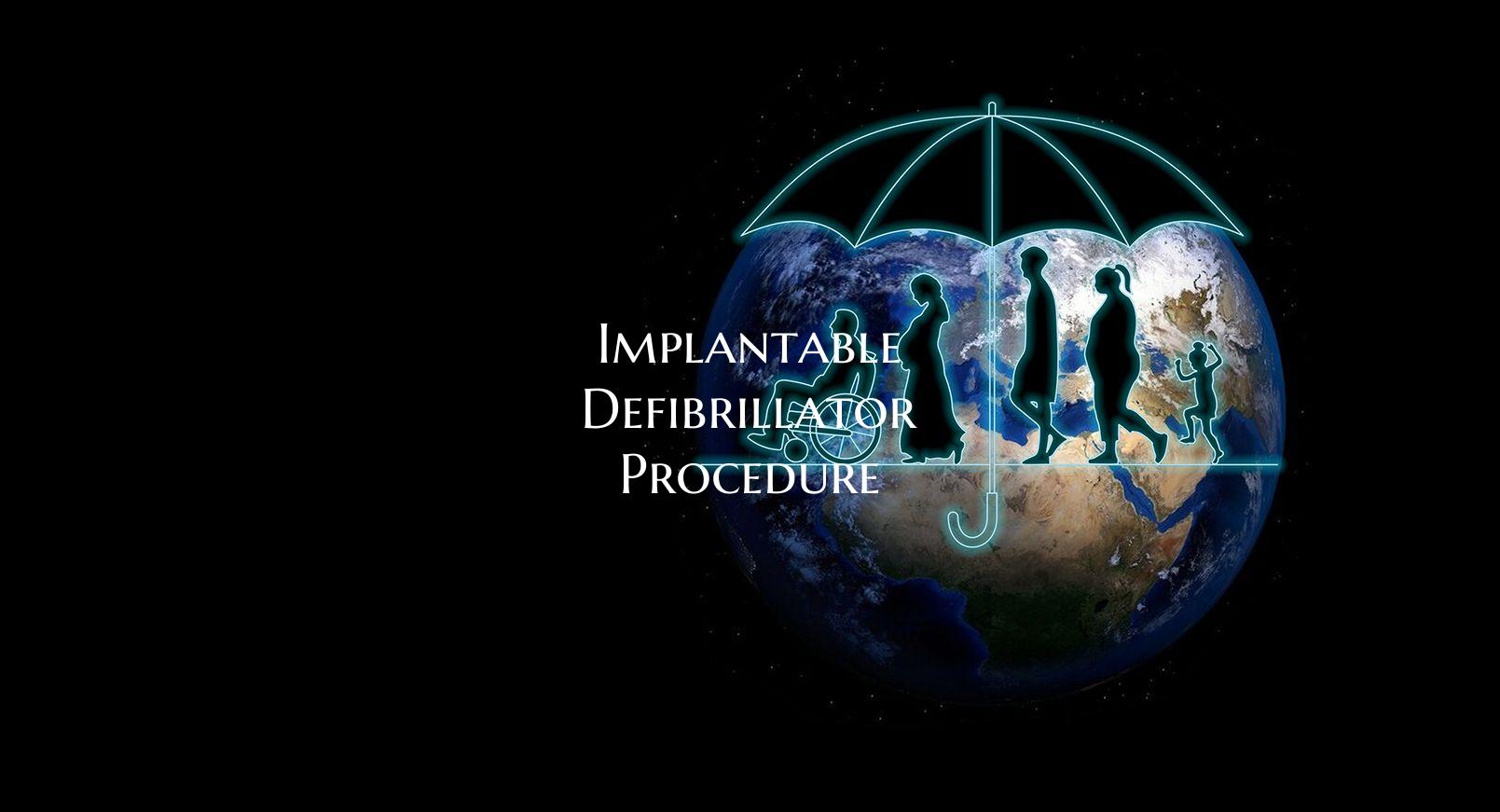
Implantable Defibrillator Procedure
Introduction: An implantable cardioverter defibrillator, commonly known as an ICD, is a small device placed in the chest to prevent sudden cardiac arrest. This life-saving device continuously monitors the heart's rhythm and delivers electrical pulses or shocks when it detects dangerously fast heartbeats. Understanding the implantable defibrillator procedure is crucial for patients and their families to demystify the process and alleviate any concerns.
Pre-Procedure Preparation: Before undergoing the implantable defibrillator procedure, patients will typically have a detailed consultation with their cardiologist or electrophysiologist. During this consultation, the healthcare provider will explain the necessity of the ICD based on the patient's specific cardiac condition. Patients may also undergo pre-operative tests, such as blood work and electrocardiograms, to ensure they are well-prepared for the procedure.
The Procedure: The implantable defibrillator procedure is usually performed in a hospital setting by a specialized cardiac electrophysiologist. The patient receives local anesthesia to numb the chest area where the device will be implanted. A small incision is made, usually under the collarbone, where the leads of the ICD will be inserted into the blood vessels and guided to the heart. The device, which is about the size of a pocket watch, is then placed under the skin in the chest area.
Recovery and Post-Procedure Care: Following the implantable defibrillator procedure, patients are typically monitored for a few hours to ensure proper device function and stability. Most patients can return to their normal activities within a few days, although strenuous physical exertion may be limited initially. Patients will receive instructions on how to care for the incision site and maintain good hygiene to prevent infections. Regular follow-up appointments with the healthcare provider are essential to monitor the device's performance and overall heart health.
Benefits and Risks: The implantable defibrillator procedure offers numerous benefits, such as significantly reducing the risk of sudden cardiac arrest and providing peace of mind for patients with underlying heart conditions. However, like any medical procedure, there are risks involved, including infection, bleeding, and device malfunctions. Patients should discuss these risks with their healthcare provider and address any concerns or questions they may have prior to the procedure.
Conclusion: Understanding the implantable defibrillator procedure is essential for patients considering this life-saving device. By familiarizing themselves with the process, risks, and benefits associated with ICD implantation, patients can make informed decisions about their cardiac health and overall well-being. Open communication with healthcare providers and adherence to post-procedure care instructions are key to ensuring successful outcomes for patients with implantable defibrillators.